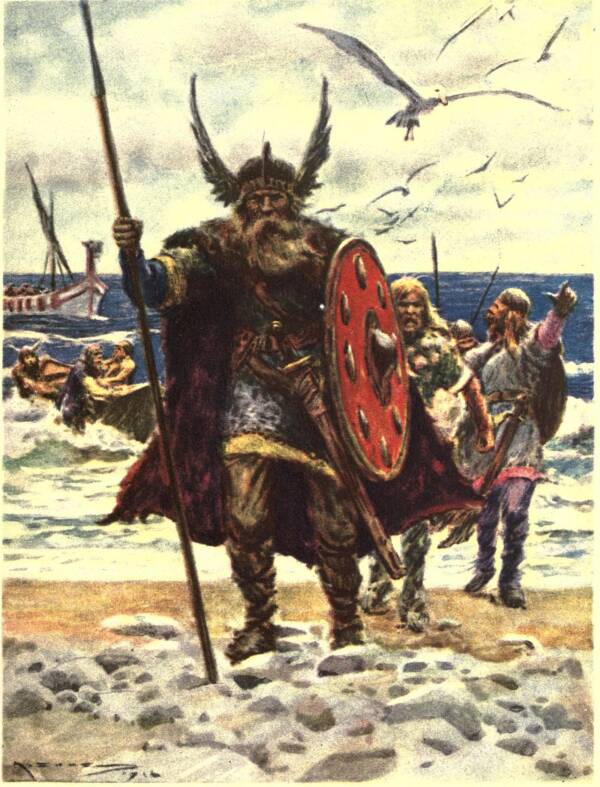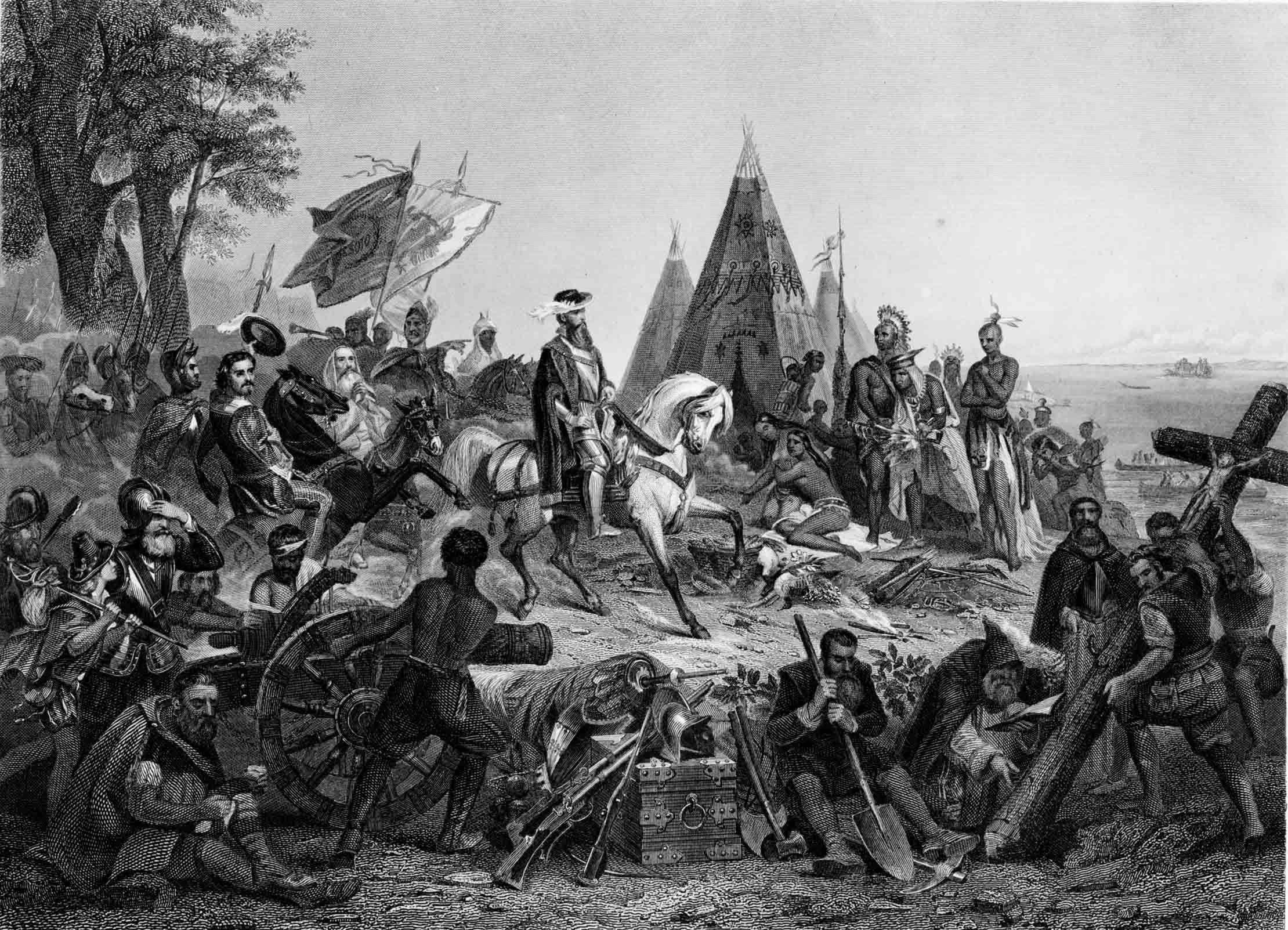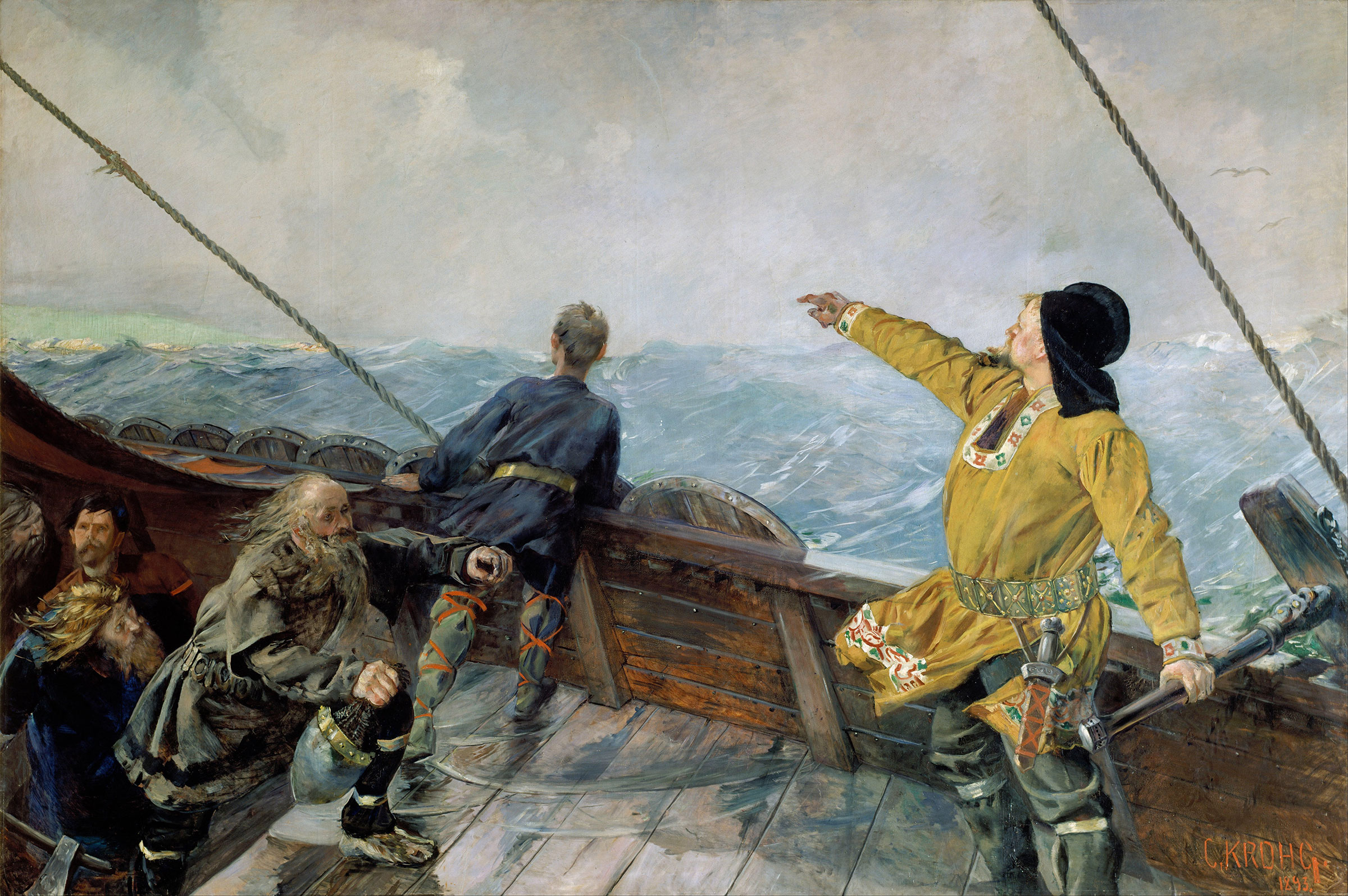The discovery of North America by Europeans is a complex and fascinating history that has had a profound impact on the world we know today. The story begins with the Vikings, who are believed to have been the first Europeans to reach the continent. In the late 10th century, a group of Vikings led by Leif Erikson established a settlement in present-day Newfoundland, Canada. However, the settlement was short-lived and the Vikings did not establish any lasting presence in North America.
It wasn't until the 15th century that Europeans began to seriously explore and colonize the continent. The most famous of these explorers was Christopher Columbus, who set sail on behalf of the Spanish monarchy in 1492. Columbus landed on an island in the Bahamas, which he named San Salvador, and believed he had reached the East Indies. He made three more voyages to the Caribbean and the coast of South and Central America, but never set foot on mainland North America.
Other explorers followed in Columbus's footsteps, including John Cabot, who explored the coast of Newfoundland and claimed it for England in 1497. In the early 16th century, the Spanish began exploring and colonizing the southeastern part of North America, establishing the first permanent European settlement in the continent at St. Augustine, Florida in 1565.
The English also began colonizing North America in the early 17th century, establishing the first successful English settlement at Jamestown, Virginia in 1607. The English colonies eventually expanded and spread along the East Coast, and in the late 18th century, the newly independent United States of America began a westward expansion that would eventually stretch from coast to coast.
The discovery and colonization of North America by Europeans had a significant impact on the native populations of the continent. Many native tribes were decimated by diseases brought by the Europeans, and the arrival of Europeans also led to the forced removal and relocation of native peoples from their ancestral lands. The legacy of European colonization continues to shape the political, social, and cultural landscape of North America to this day.
In conclusion, the discovery of North America by Europeans was a complex and multifaceted process that has had a profound impact on the history of the world. From the Vikings in the 10th century to the expansion of the United States in the 19th century, the discovery and colonization of North America has shaped the continent and its people in countless ways.
History of North America

Giants On Record: p. And as we know, there are several other structures around the same area that were built in the same way with these giant stones. In the 10th century, around 1000, the Vikings led by Leif Eriksson. Of course, this would provide ample time for curious humans to explore. Retrieved 11 August 2010. When the natives began to attach some religious significance to the find, authorities ordered the skeleton and all the artifacts secretly reburied. In the 1890s, Professor Frederic Ward Putnam excavated some of the mounds next to Serpent Mound and found only 6ft tall skeletons, but a postcard showing one 7 feet in height was recently rediscovered by researcher Jeffrey Wilson.
Who Discovered America First? Inside The Real History

Written by Jan Bartek - AncientPages. Liberty, Equality, Power: A History of the American People, Compact. Archived from Verbal tutorial possible on June 22, 2010. Annals of Carnegie Museum, Vol. When measured in the tomb his length was approximately 7. Mystics such as The origins of the North American giants are hotly debated by independent researchers, academics, and skeptics, but there is now enough data to begin serious research into the subject. But what I found to be the most interesting, is that when the Incan people were asked who built them, they clearly stated that it was the giants.
Top Ten Giant Discoveries in North America

University of Nebraska Press. It is also interesting to note that the Director of Prehistoric Anthropology, Thomas Wilson, and the ethnologist in charge, W. Could a crew of sixth-century monks have journeyed to the New World in a small oxhide boat? Parker here and stretched out to its enormous length in a hallway of his office where it has since remained the most startling exhibit Steelville has ever had on public view. Having obtained permission to continue the search for the western route to India, Columbus, with 4 ships, reached Martinique on June 15, 1502, on July 30, Honduran Bay and opened the Caribbean shores of Honduras, Nicaragua, Costa Rica, and Panama from August 1, 1502 to May 1, to Urab. Dragoo published a photo of the actual skeleton in his book so there is no doubt it was authentic. One school of thought among archaeologists is that they were big-game hunters who trekked on foot across a vast land bridge that connected Siberia and Alaska during the last Ice Age and then headed farther south some 13,000 years ago. But recent research suggests that the trekkers may have been johnny-come-latelies who were preceded by daring seafarers who made their way across ice-choked watery expanses in small vessels.
Timeline of North American Exploration: 1492

From April 29 to May 3, Columbus with 3 ships passed along the southeastern coast of Cuba, turned from Cape Cruz to the South and on May 5 reached Jamaica. The discovery of the ancient city of Norumbega: A communication to the president and council of the American Geographical Society at their special session in Watertown, November 21, 1889. Christopher Columbus made four expeditions to the New World, which equipped the Spanish Catholic kings in the hope of opening a shorter western route to trade with India. It spanned the late 15th to early 17th centuries, and consisted primarily of expeditions funded by Spain, England, France, and Portugal. The expedition was documented by the PBS show "NOVA" in partnership with the BBC. Dragoo joins many other university-trained anthropologists and archaeologists who reported discovering skeletons over seven feet in length in burial mounds, often with anatomical anomalies.







